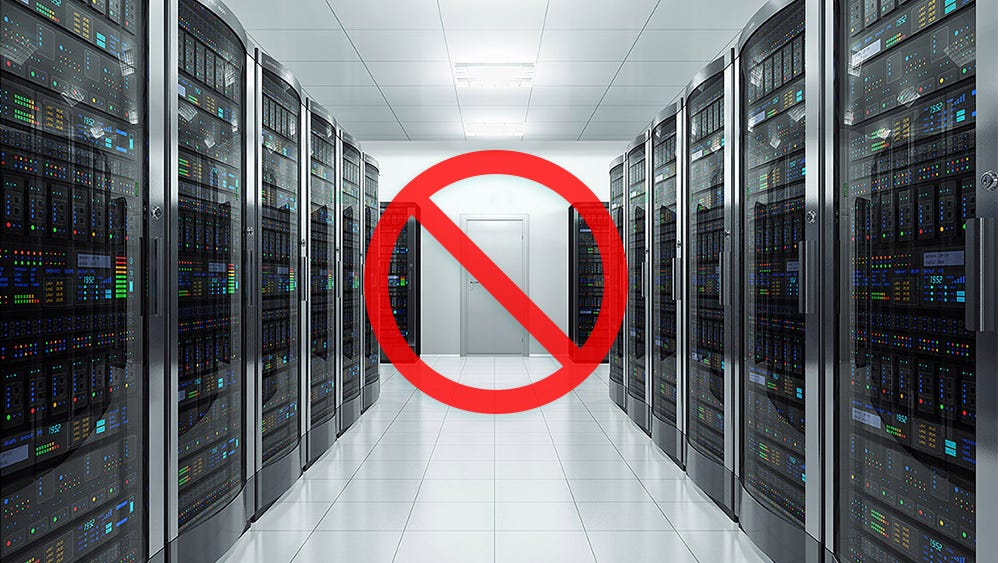

The rise of 5G could make AWS an edge computing superpowerĮdge computing - the industry term for putting data processing power closer to customers' devices or locations for better performance - is a major growth opportunity for cloud providers, especially as 5G networks become closer to being available for enterprise use. Here are the key ways Amazon's cloud unit has expanded beyond infrastructure under Jassy, positioning itself to keep its top spot among competitors Microsoft Azure, Google Cloud, and legacy giants like Oracle or IBM.

It's really building out a stack to say, 'Look, we're going to address it from all angles," he told Insider. "The total available market to AWS isn't far from all of IT as the company sort of sees itself deploying everything to be able to be brought on-premise, Kubernetes anywhere. Total spending on cloud infrastructure was $130 billion in 2020 according to Synergy Research Group, but spending on IT overall reached $3.9 trillion based on Gartner's estimates.Īt the time of last year's re:Invent, Amazon's annual cloud conference, Dan Newman, an analyst and CEO at Futurm Research, said Jassy indicated the company was "boldly moving beyond IaaS."
#Amazon cloud server for business software
That strategy of slow but steady expansion to the AWS sphere of influence would be a wise one for incoming CEO Adam Selipsky to continue to pursue, even after Jassy steps up to replace Jeff Bezos as CEO of the entire Amazon domain.įollowing the Jassy strategy is especially important as the real money to be made is in everything from security and software to services and hybrid cloud, analysts told Insider. Though it's not a cloud software superpower - leaving that to companies like Microsoft or Salesforce - the reign of outgoing AWS CEO Andy Jassy saw the unit expand its infrastructure focus, establishing itself as a leader in emerging fields like edge computing, artificial intelligence, and big data analytics. The cloud unit is currently on track to book over $51 billion in revenue over the next 12 months, and still drives most of Amazon's profit. Since pioneering the IaaS market nearly 15 years ago, Amazon Web Services has maintained its leadership position in cloud infrastructure, considered far ahead of rivals like Microsoft and Google. The biggest risk to AWS is itself - differentiating between products and explaining their value.Īmazon Web Services, the retail giant's cloud business, is known for the strength and profitability of its core infrastructure platform - essentially letting customers move their servers and data to super-efficient data centers run by Amazon itself, under a model called Infrastructure as a Service (IaaS) in the IT industry.Analysts said new CEO Adam Selipsky would be wise to keep all those balls in the air.Beyond infrastructure, AWS has host of diverse solutions that have expanded its cloud empire.


 0 kommentar(er)
0 kommentar(er)
